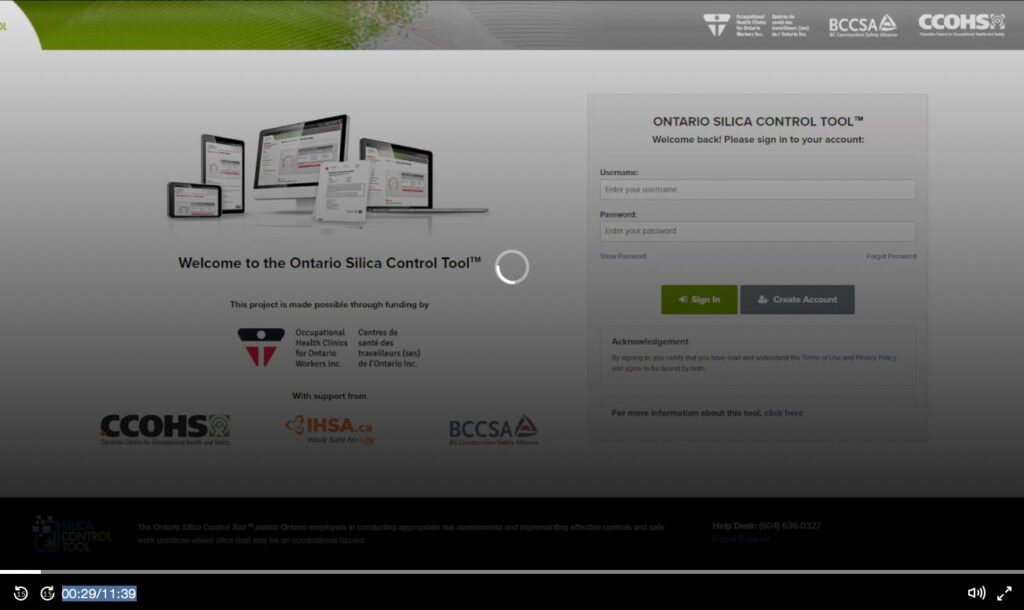Already have an account?

Beta Mining Silica Control Tool
Coming Soon!
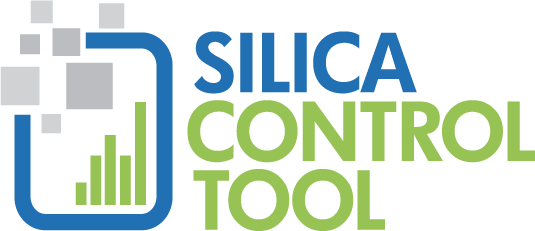
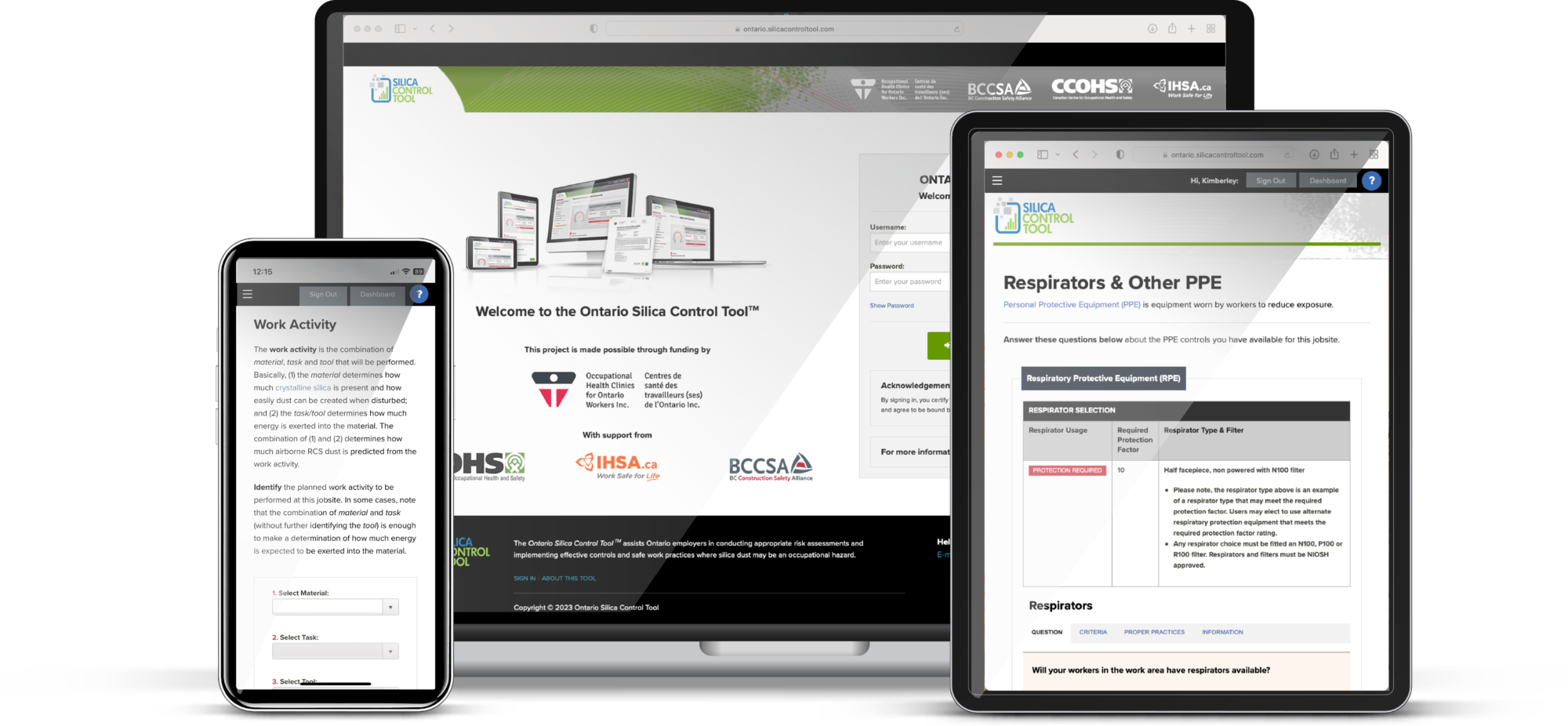
TAKE ACTION • REDUCE RISK • PROTECT WORKERS
We have launched a new campaign promoting the SCT tool. Watch our new video!
SCT – Work to Live. Tool up for a healthier tomorrow
NOW AVAILABLE IN ONTARIO
Workers and employers in the Ontario Construction Industry can receive full access to the Silica Control Tool™, its associated data, and outputs. The Tool’s user interface has undergone a facelift for Ontario and has been fully customized to meet Ontario’s health and safety regulation and standards.
Your data and use of the Silica Control Tool will not be used for compliance or enforcement.
Your personal and professional data will not be shared with entities outside of project partners, BCCSA and OHCOW.
These organizations exist to provide information, resources and services for Ontario workers—they do not serve a regulatory or compliance function.
Have questions? silica@ohcow.on.ca
If you work with sand, rock, gravel, concrete, brick, stone, mortar, granite, glass or ceramics, you are one of 429,000 workers in Canada
being exposed to crystalline silica.

The Silica Control Tool can reduce risk, protect workers, and improve efficiency for construction companies who work with silica by developing and providing an Exposure Control Plan.
Using data provided by the user, the Silica Control Tool determines the amount of silica being produced and generates an action plan (like the one above) to reduce exposure and protect workers.
BENEFITS OF THE SILICA CONTROL TOOL

REDUCES RISK OF SILICA EXPOSURE
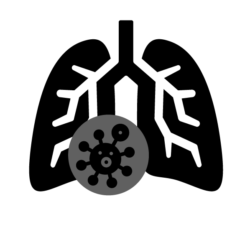
REDUCES RISK OF LUNG DISEASE

PRIORITIZES EFFECTIVE CONTROLS

PREVENTS INJURY / ILLNESS
THROUGH SAFE PRACTICES
NEW PODCAST!
The Dangers of Silica in the Workplace
An Introductory Podcast – the First in Our New Silica Series
A conversation on the health effects of respirable crystalline silica
and the new Ontario Silica Control Tool.
NEW PODCAST!
The Dangers of Silica in the Workplace: In the News
The recent ban on artificial stone in Australia, and how California is dealing with a silicosis cluster.

It’s FREE to use on your phone, tablet, laptop or desktop!
Run the Silica Control Tool like an app on your mobile device following these instructions:
iPhone / iPad:
After registering to use the tool using the blue button above/below:
-
Open the Silica Control Tool homepage using the browser on your phone.
-
At the bottom of the screen, tap the share icon (square with an upward arrow).
-
From the share options, tap Add to Home Screen.
-
From the Add to Home Screen pop-up, tap Add in the top right corner.
The Silica Control Tool should now be accessible from your device home screen.
Android:
After registering to use the tool using the blue button above/below:
-
Open the Silica Control Tool homepage using the browser on your phone.
-
In the top corner of your screen tap the kebab menu (3 dots).
-
Scroll down the list and click on Add to Home Screen.
-
Click Add. (You can rename the tool here if you want to).
-
Click Add to Home Screen button.
The Silica Control Tool should now be accessible from your device home screen.
More About Silica
Crystalline silica (chemical name: silicon dioxide; formula: SiO2) is a naturally-occurring mineral that is the basic component in sand and rock. It is found in many materials and industrial processes, including sand, rock, gravel, concrete, brick, stone, mortar, granite, glass or ceramics. The most common form of silica is quartz. Some less common forms of silica include: tridymite, cristobalite, keatite, coesite, stishovite and moganite.
Silica is one of the most common hazards on worksites in most major industries, including construction, mining, oil and gas, manufacturing, agriculture and metalworking. In addition to being prevalent in so many industries, respirable silica dust is fine enough to penetrate the gas-exchange region of the lungs (called the alveoli), which damages the lung, resulting in the formation of scar tissue.
As a result, workers exposed to airborne respirable silica are at an increased risk of developing lung diseases like silicosis, lung cancer and chronic obstructive pulmonary disease (chronic bronchitis, emphysema). Silica exposure has also been associated with esophageal cancer, kidney disease, rheumatoid arthritis, scleroderma, sarcoidosis, pulmonary fibrosis and others. Silica-related diseases can occur from either short-term high exposures or long-term repeated exposures.
SILICA
Learn more about silica statistics, sources, exposure limits, hazards/risks, prevention tips, control methods, additional resources, plus much more.
Additional Silica Resources
- All
- countertop industry
- Exposure Control
- Featured Apps
- Hygiene
- Silica
- Silica Control Tool
- Silicosis
You will be linked to the IHSA website to view both resources.
Access the Silica Control Tool using one of these three options:
Already have an account?
Already have a WSIB number...
DON'T have a WSIB number...
The Silica Control Tool project is made possible by funding from and collaboration with:
120,000 constructors in Ontario have automatic access to the Silica Control Tool using the button above attached to their workplace WSIB account number.
Workers/Worker Reps without access to a WSIB account, can use the button above to register through a different process*.
*This request may take up to 10 business days to process.
* * * IMPORTANT * * *
Your data and use of the Silica Control Tool will not be used for compliance or enforcement.
Your personal and professional data will not be shared with entities outside of project partners, BCCSA and OHCOW.
These organizations exist to provide information, resources and services for Ontario workers—they do not serve a regulatory or compliance function.



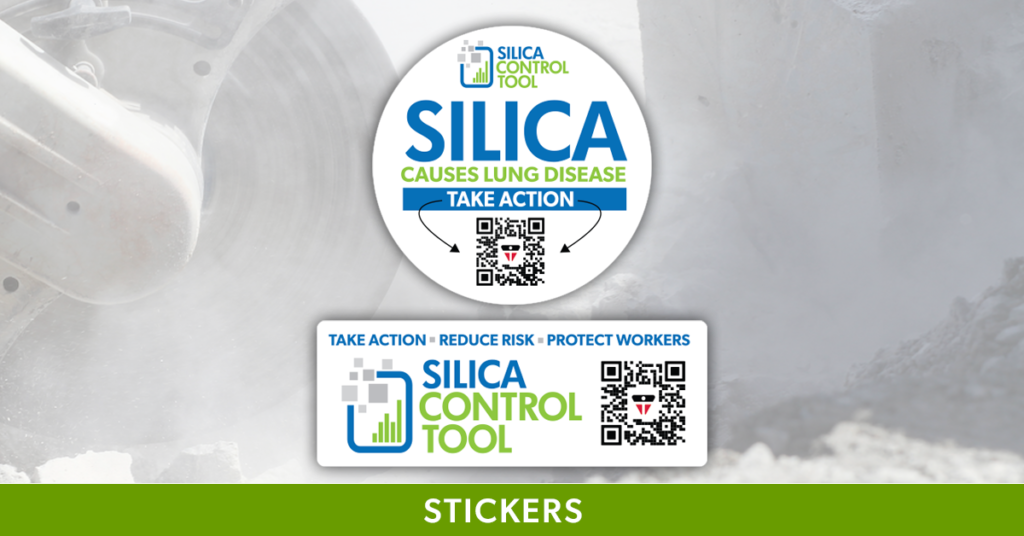

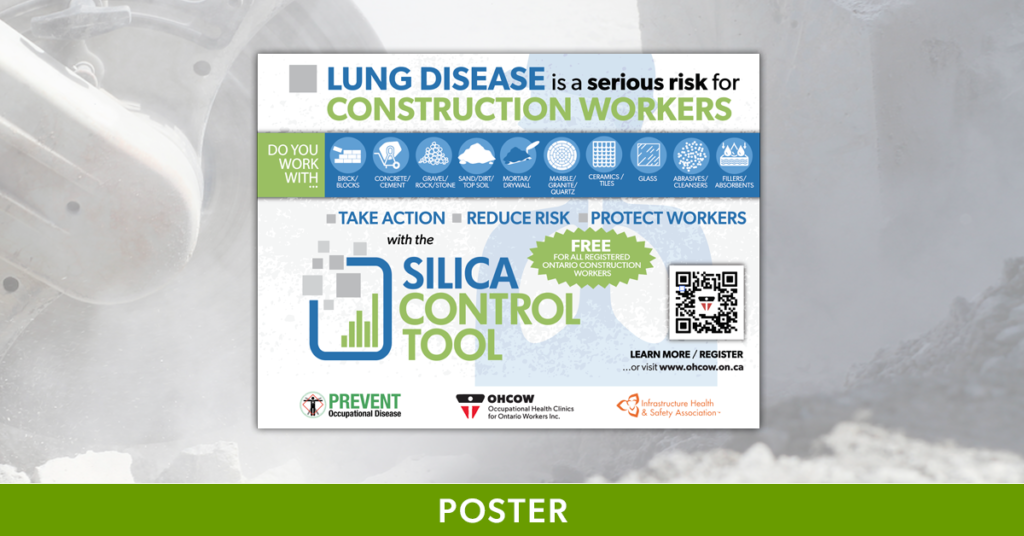
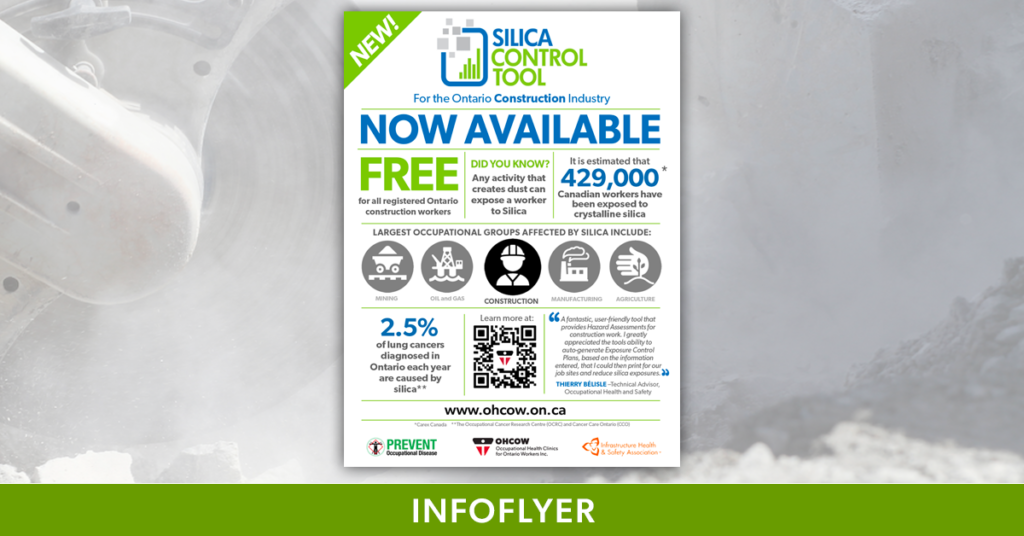
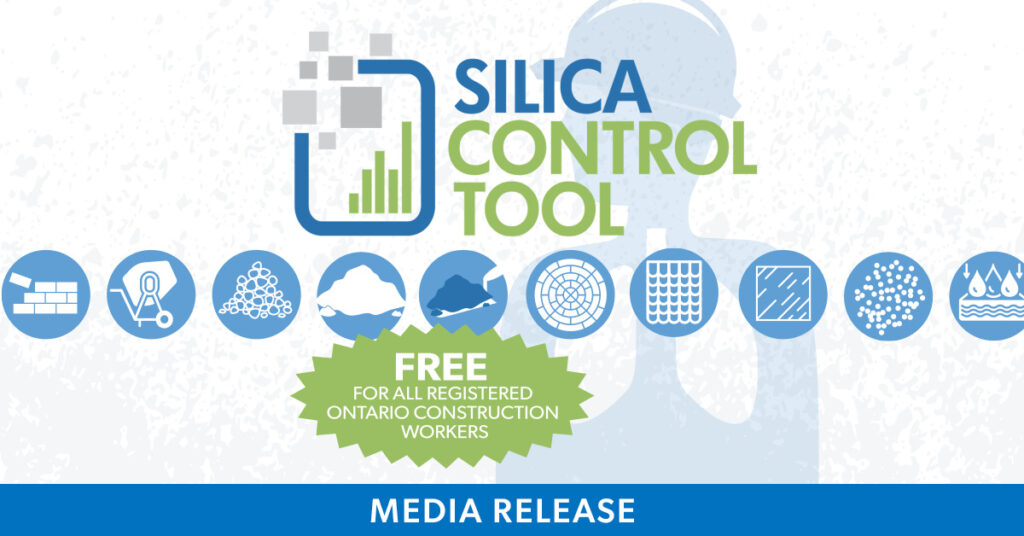
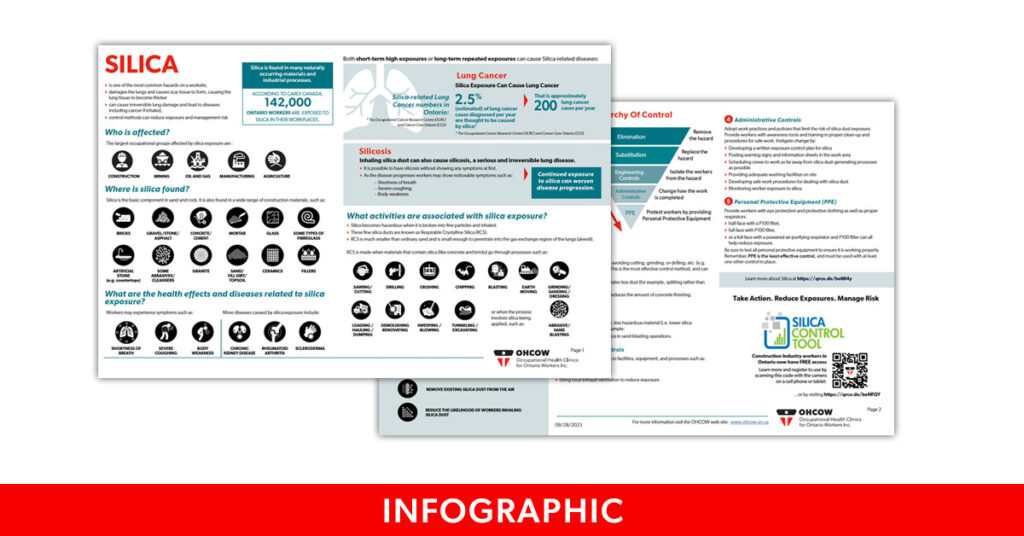
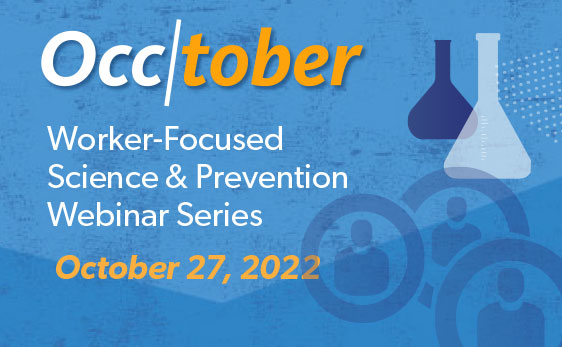
![November 2021
[NEWS]
[Daily Commercial News]
Sixty contractors in Ontario are taking part in a 12-month pilot testing the merits of a digital tool developed to quickly prepare control plans to mitigate the potential health risks of overexposure to crystalline silica.](https://www.ohcow.on.ca/wp-content/uploads/2021/11/logo-divider-bar.png)

